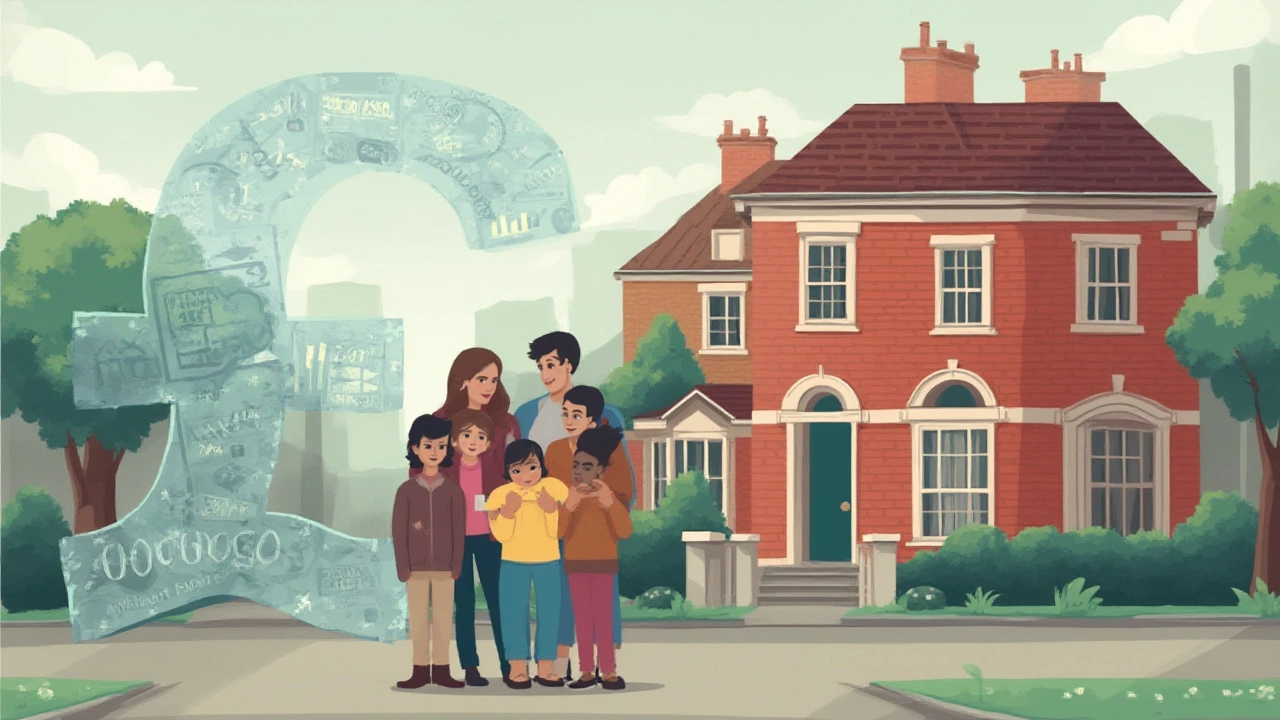30‑Year Mortgage: The Basics You Need to Know
Thinking about a 30‑year mortgage? It’s the most common home loan length in the UK, and for good reason. Spreading the loan over three decades means lower monthly payments, which can make buying a house feel doable even on a modest income. But the flip side is you’ll pay more interest overall. Understanding both sides helps you decide if this term matches your goals.
Pros and Cons of a 30‑Year Term
Lower monthly bills are the headline benefit. Because the loan is stretched out, your payment can be small enough to cover other expenses like utilities, groceries, and a bit of saving each month. That breathing room is especially useful if you have other debts or are just starting a family.
On the downside, the total interest cost climbs dramatically. Imagine a £200,000 loan at 4% interest: over 30 years you’ll pay roughly £143,000 in interest, compared with about £95,000 on a 20‑year plan. That extra money could have been invested elsewhere or used for a vacation.
Another point to watch is equity buildup. With a longer term, your loan balance drops slower, so you own a smaller slice of your home in the early years. If you plan to move after a few years, you might not reap as much benefit from price appreciation.
Smart Tips to Make Your 30‑Year Mortgage Work
1. Pay a little extra when you can. Adding even £50 to your monthly payment can shave years off the loan and save thousands in interest. Set up a reminder to boost your payment whenever you get a bonus or a raise.
2. Check your credit score before you apply. A higher score can snag you a lower rate, which directly reduces the interest you’ll pay over 30 years. Clean up any errors and pay down existing credit‑card balances.
3. Shop around for the best rate. Don’t settle for the first offer you receive. Use a mortgage calculator to compare deals from banks, building societies, and online lenders. Even a 0.25% difference matters over three decades.
4. Consider a fixed‑rate vs. variable‑rate mix. A fixed rate gives certainty for the first few years, while a variable rate might be cheaper later. Some borrowers start with a fixed term, then switch to variable once they’re comfortable.
5. Plan for remortgaging. If interest rates drop or your credit improves, you could refinance to a shorter term or a lower rate. That can cut interest costs dramatically, but watch for early‑repayment fees.
6. Build an emergency fund before you stretch your budget thin. Having three to six months of expenses saved protects you from missing a mortgage payment if something unexpected happens.
7. Ask the right questions when you talk to lenders: What are the fees? Can you make overpayments without penalty? How often does the rate change if it’s variable? Clear answers now prevent surprises later.
By keeping these tips in mind, a 30‑year mortgage can become a practical tool rather than a financial burden. It gives you room to manage daily costs while you work toward owning a home outright.
Ready to explore more? Check out our articles on remortgaging benefits, budgeting basics, and how credit scores affect loan rates. Each piece offers step‑by‑step advice you can apply right away.
What Are the Real Costs of a $100,000 30-Year Mortgage at 7 Percent Interest?

Wondering what a $100,000 mortgage over 30 years at 7% really adds up to? Get the numbers, breakdowns, payment tips, and smart money hacks right here.
Read More >>